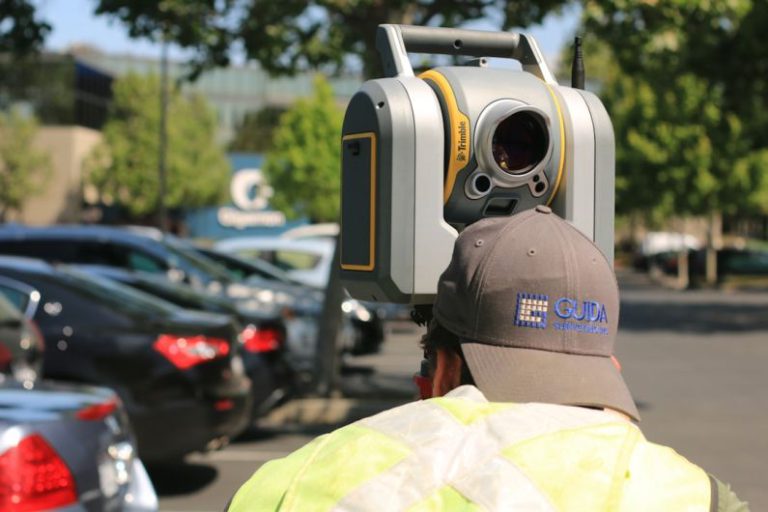The Impact of Iot on Tire Retreading and Maintenance
Tire retreading and maintenance have been vital aspects of fleet management and vehicle maintenance for decades. However, with the advancement of technology, particularly the Internet of Things (IoT), the tire retreading and maintenance industry is undergoing a significant transformation. IoT has revolutionized the way tires are monitored, maintained, and managed, leading to improved efficiency, cost savings, and increased safety on the roads.
Enhanced Monitoring and Predictive Maintenance
One of the key impacts of IoT on tire retreading and maintenance is the ability to provide enhanced monitoring capabilities. IoT sensors embedded in tires can collect real-time data on various parameters such as tire pressure, temperature, tread depth, and overall condition. This data is then transmitted to a centralized system where it can be analyzed to detect potential issues before they escalate. By leveraging predictive analytics, fleet managers can proactively schedule maintenance, preventing costly breakdowns and improving overall safety.
Optimized Tire Performance
IoT technology enables fleet managers to optimize tire performance by monitoring factors that affect tire wear and lifespan. By tracking metrics such as driving habits, road conditions, and load capacity, IoT systems can provide valuable insights into how tires are performing in different scenarios. This information can help fleet managers make informed decisions regarding tire selection, rotation schedules, and retreading intervals, ultimately extending the life of tires and reducing overall maintenance costs.
Remote Monitoring and Management
Another significant impact of IoT on tire retreading and maintenance is the ability to remotely monitor and manage tire health. With IoT-enabled systems, fleet managers can access real-time tire data from anywhere, allowing for quick diagnostics and troubleshooting. This remote monitoring capability is particularly beneficial for large fleets operating in diverse locations, as it enables centralized management of tire maintenance tasks without the need for on-site inspections.
Improved Safety and Compliance
IoT technology plays a crucial role in enhancing safety and compliance in tire retreading and maintenance practices. By providing real-time alerts for issues such as underinflation, overloading, or excessive wear, IoT systems help prevent accidents and breakdowns caused by tire-related issues. Additionally, IoT data can be used to ensure compliance with regulations and standards related to tire maintenance, reducing the risk of fines and penalties for non-compliance.
Cost Savings and Sustainability
One of the most significant impacts of IoT on tire retreading and maintenance is the potential for cost savings and sustainability. By optimizing tire performance, reducing breakdowns, and extending tire lifespan through proactive maintenance, IoT technology can help fleet managers save on maintenance costs and improve overall operational efficiency. Additionally, by promoting retreading and reusing tires instead of replacing them, IoT contributes to sustainability efforts by reducing waste and conserving resources.
Empowering Fleet Managers with Data-Driven Insights
In conclusion, the impact of IoT on tire retreading and maintenance is transformative, empowering fleet managers with data-driven insights that drive efficiency, safety, and cost savings. By leveraging IoT technology to monitor, manage, and optimize tire performance, fleet managers can enhance safety, comply with regulations, and reduce maintenance costs. With IoT-enabled systems becoming increasingly prevalent in the tire industry, the future of tire retreading and maintenance looks promising, with continued advancements in technology shaping the way tires are managed and maintained.






